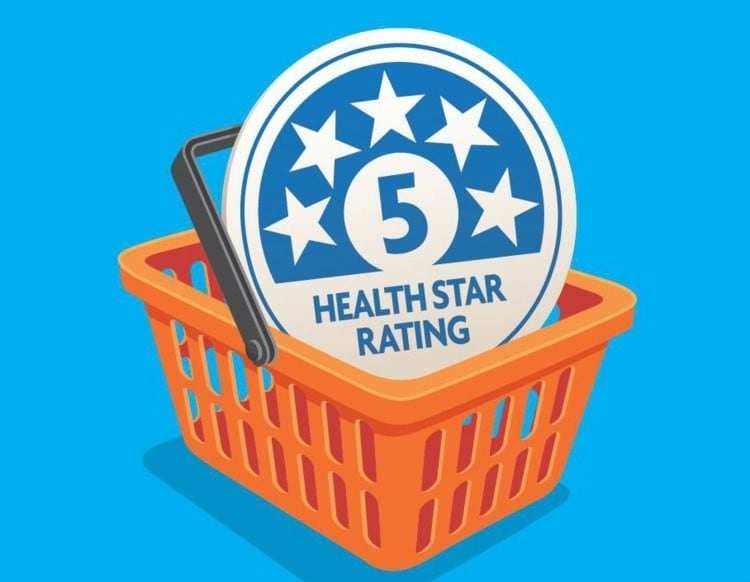The Health Star Rating (HSR) labelling system was first implemented back in 2014 on a voluntary basis, which has been the subject of a great deal of controversy over the years but a decision which Australian and New Zealand food ministers have defended for the good part of a decade.
The system underwent a Five Year Review in 2019, where the ministers had set uptake targets for the system namely: 50% uptake by 14 November 2023; 60% uptake by 14 November 2024; and the final target of 70% uptake by 15 November 2025.
Unfortunately, these targets are far from being met, even the first 50% interim one, as at the beginning of 2024 it was found that just 30% of New Zealand products and 32% of Australian products were using the HSR label – meaning the 2023 target has been long missed and both countries are around 50% away from the 2024 target which is just five months away.
“We already have evidence that there is consumer demand for HSR – New Zealand Food Safety's Consumer Food Safety Insights Survey has found that 83% of people say they use HSR when buying a packaged food or drink for the first time [of which] 61% say they use the front-of-pack labelling system at least half of the time, and 22% use it occasionally,” New Zealand Food Safety deputy director-general Vincent Arbuckle said via a formal statement.
“This is a clear message to the food industry regarding this demand, and that food producers who use the system will benefit too.
" The survey found that 80% of shoppers say they completely or somewhat trust the HSR system. This high level of consumer trust is something for manufacturers to consider [as in New Zealand for example], Kiwis use HSR, Kiwis trust HSR - but according to the latest uptake survey, only 30% of intended products currently carry HSR here.
“Right now, the HSR system is voluntary, but if uptake by manufacturers does not meet the 70% target by November next year, the Australian and New Zealand governments will consider making it mandatory.”
According to the latest Uptake of the Health Star Rating system report, ministers have already agreed that failure to meet this target will mean a reopened discussion to mandate the implementation of the system across both markets.
This has been supported by recent findings from the June 2024 Consumer Food Safety Insights Survey with consumers calling for labelling to be improved in various ways such as increasing text size and boldness of labels (27%), improving the clarity and ease of information (20%), using everyday language (15%) and, crucially, improving the consistency of labelling including the use of the HSR on all products (7%).
“A majority of Asian consumers were more likely to refer to the HSR when buying a packaged food or drink for the first time, with a majority (58%) saying they do so most of every time they shop,” stated the survey report.
“But in general, amongst all surveyed respondents a good 18% said they always refer to it, and a further 43% use it at least half of the time,[so there is still evidence that many consumers utilise this].”
Challenges to address in industry
The HSR uptake report also included the results of an industry survey which had 84 respondents from across Australia and New Zealand, which saw that a total of 42% of respondents that were not already using the HSR across their entire portfolio had no plans to add this to any more products in the next 12 months, which represents another challenge in terms of hitting these targets.
Major reasons given for this reluctance included a lack of space on their product labels, opinions of the HSR being ‘flawed or misleading’ particularly amongst companies believing the health benefits of their products were not being reflected correctly (such as juices or olive oil which have lower ratings due to the current calculation method), and also that the HSR ratings for their products were low.
“Many respondents felt the HSR unfairly rated their products [and] perceived those products with additives including artificial sweeteners rated more highly than ‘natural’ products, thus [considered] the HSR to be misleading to consumers,” said the report.
“Some indicated that their products rated poorly under the HSR system and felt that applying the HSR would negatively impact sales. - These included companies who considered their products to be ‘treat’ foods.
“Respondents have also identified various changes to the system that they believe will improve it, including allowing the HSR logo to be smaller so it takes up less space on the label, removing the HSR from categories where it may not provide a clear distinction (e.g. single ingredient products), and making amendments to the algorithm.”





